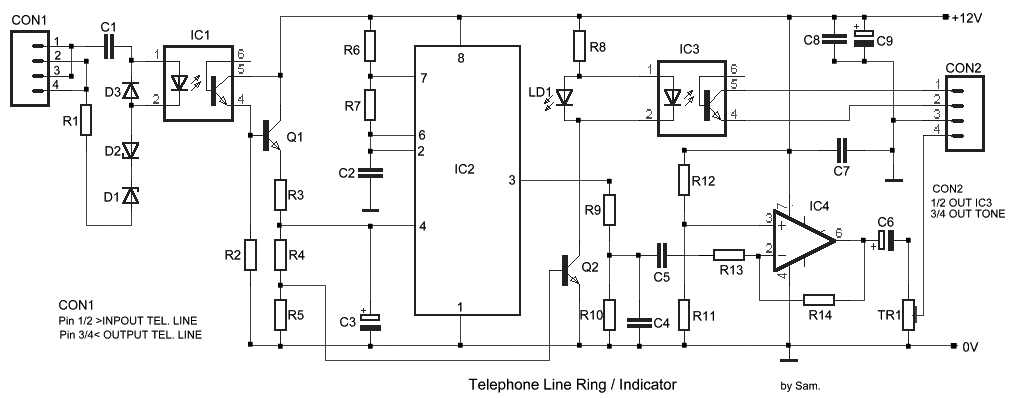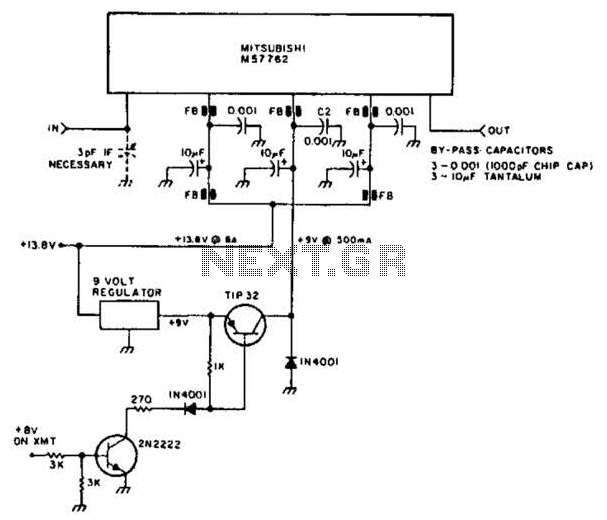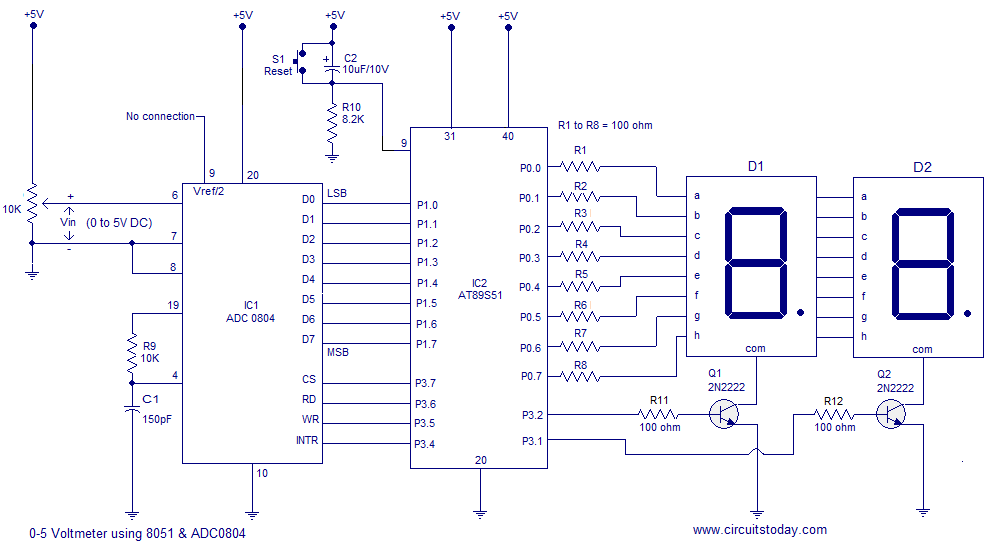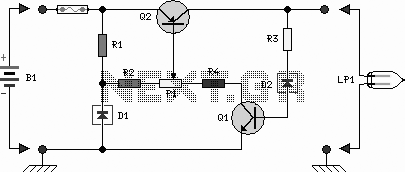
Magic Sinewave Analysis using SPICE and a Simple Inverter Circuit
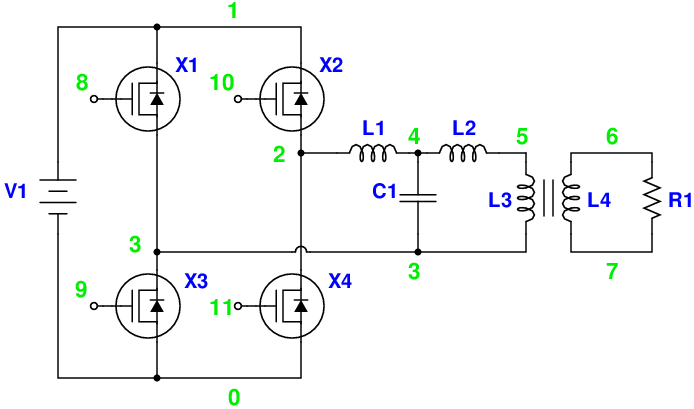
Magic Sinewave Analysis using SPICE and a Simple Inverter Circuit.
This document discusses the analysis of a sinewave signal generated by a simple inverter circuit using SPICE simulation software. The inverter circuit is designed to convert a DC input voltage into an AC output voltage, producing a sinewave signal that can be utilized in various applications.
The circuit typically includes essential components such as a DC power supply, an inverter (which may consist of transistors or operational amplifiers), and passive components like resistors and capacitors. The inverter's operation is based on switching principles, where the DC input is periodically inverted to create an alternating current (AC) output.
In the SPICE simulation, the circuit is modeled to observe the output waveform characteristics, including amplitude, frequency, and distortion. The simulation allows for the adjustment of component values to optimize performance and analyze the effects of different configurations on the sinewave output. By examining the results, engineers can gain insights into the circuit's behavior and make informed decisions regarding design improvements.
The analysis may also include frequency response testing, where the inverter's output is evaluated across various frequencies to determine its efficiency and stability. Additionally, the simulation can highlight potential issues such as clipping or phase distortion that may arise during operation.
Overall, this analysis serves as a valuable tool for understanding the behavior of inverter circuits and the generation of sinewave signals, facilitating advancements in electronic design and applications.Magic Sinewave Analysis using SPICE and a Simple Inverter Circuit. 🔗 External reference
This document discusses the analysis of a sinewave signal generated by a simple inverter circuit using SPICE simulation software. The inverter circuit is designed to convert a DC input voltage into an AC output voltage, producing a sinewave signal that can be utilized in various applications.
The circuit typically includes essential components such as a DC power supply, an inverter (which may consist of transistors or operational amplifiers), and passive components like resistors and capacitors. The inverter's operation is based on switching principles, where the DC input is periodically inverted to create an alternating current (AC) output.
In the SPICE simulation, the circuit is modeled to observe the output waveform characteristics, including amplitude, frequency, and distortion. The simulation allows for the adjustment of component values to optimize performance and analyze the effects of different configurations on the sinewave output. By examining the results, engineers can gain insights into the circuit's behavior and make informed decisions regarding design improvements.
The analysis may also include frequency response testing, where the inverter's output is evaluated across various frequencies to determine its efficiency and stability. Additionally, the simulation can highlight potential issues such as clipping or phase distortion that may arise during operation.
Overall, this analysis serves as a valuable tool for understanding the behavior of inverter circuits and the generation of sinewave signals, facilitating advancements in electronic design and applications.Magic Sinewave Analysis using SPICE and a Simple Inverter Circuit. 🔗 External reference
